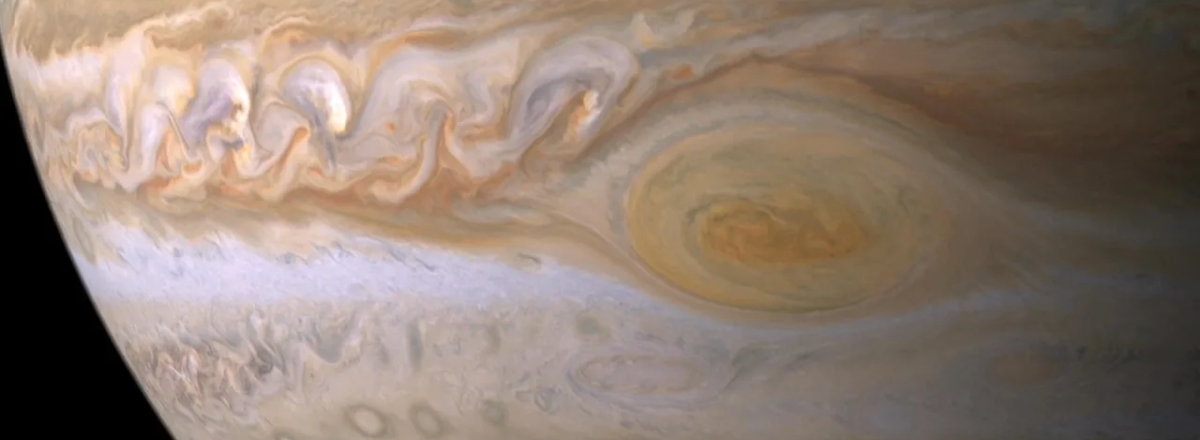Scientists Unveil New Clue in Solving Jupiter's Great Red Spot Mystery
The Great Red Spot is slowly diminishing in size, from 39,000 kilometers across in the 19th century to just 14,000 kilometers today. By comparison, Earth measures 12,742 kilometers in diameter.

The massive Great Red Spot on Jupiter, the largest atmospheric vortex in our solar system, has puzzled scientists for centuries. A colossal storm slightly larger than Earth, this iconic feature has been shrinking since records began in 1831, prompting researchers to investigate why. Now, a team of scientists believes they have found the answer.
The Great Red Spot is slowly diminishing in size, from 39,000 kilometers across in the 19th century to just 14,000 kilometers today. By comparison, Earth measures 12,742 kilometers in diameter. The reason behind this change, researchers suggest, lies in the storm’s ability to "devour" smaller surrounding storms.
Caleb Keaveney, an astronomy PhD from Yale University, and his team ran numerical simulations that revealed how the Great Red Spot maintains its size by absorbing nearby smaller storms. Without these storms, the Red Spot would continue to shrink.
The study draws on a similar phenomenon observed on Earth, where heat domes trap warm air, often leading to prolonged heat waves and droughts. By studying these interactions, researchers created a model of Jupiter’s atmosphere, showing that the Red Spot sustains its size by interacting with these smaller storms.
While there is no way to prevent the shrinking of Jupiter’s Great Red Spot, understanding its atmospheric processes offers valuable insights into Earth's weather.

